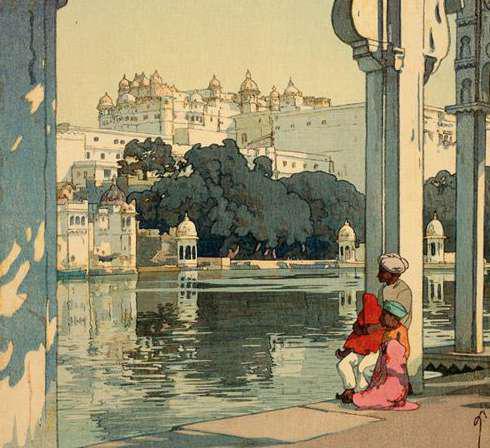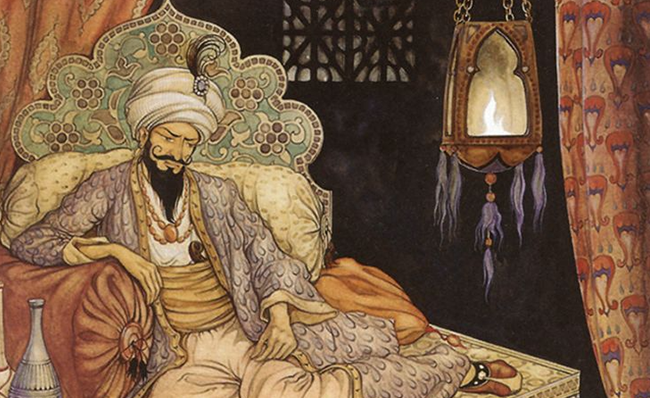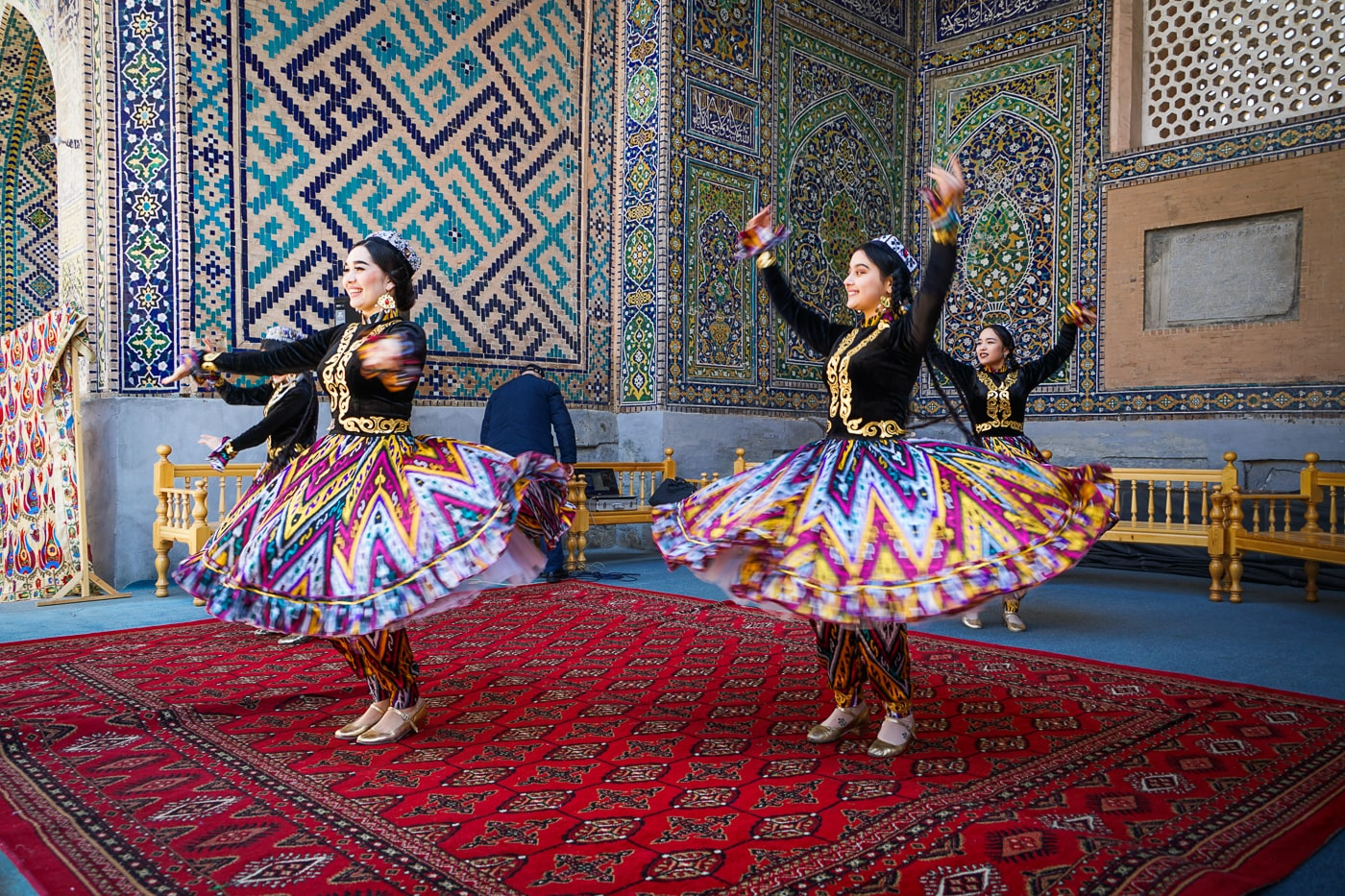UNESCO recently declared Korean P’Ansori to be ‘a masterpiece of oral and intangible heritage’. P’Ansori (Korean “story singing”) A form of sung folk narrative. The form seems to have originated during the reign of Sukchong (1675-1720).
Traditions of Storytellings in Asia

Korea.

Arabia-and-Middle-East

One of the most revered traditions of oral storytelling is the hakawati. As intricate and complex as a weaving pattern, this motifrich narrative style darts in and out of stories, offering unending drama where the storyteller begins one tale, deftly leaves it midway to pick up another and then has a third story emerging from a subplot of the first and so on. All this is done using the tools of allegory, folklore, satire, music and a visual spectacle of grand sweeping gestures and facial expressions to finally create an enthralling experience for his listeners. Hekaye in Arabic means the story and haki means to talk. The one who talked and told a story was a hakawati.
Traditions of Storytellings in Asia
Udaipur Tales International Story Telling Festival has brought back the art of storytelling. The festival has become an astounding success with story tellers from across the globe taking the audience on a mesmeric journey. The event has emerged as one of the prime storytelling festivals in India.
The three editions of the festival have been an astounding success. Stories of the world echoed in the city of lakes when musicians and story tellers from around the globe took the audiences on a hypnotic journey.
The 4th edition of the festival will carve its magic showcase different genres – history, romance, mystic, mystery and an exclusive children’s segment. Generous mix of folk art performances and fusion musical forms will add to the magical moments.
A new, intimate edition weaving magic with stories, spoken words and live music is going to roll.
Iran

Naghali is narrating of a story or an event in verse or prose with special tone, feelings and expression. A naghal (storyteller), playing the roles of different characters by himself, usually narrates epics and mythical stories in coffee houses [Ghahvekha nes]. Naghali still survives and naghal narrate stories taken from Ferdowsi’s Shah Nameh and other ancient stories. Naghal are divided into two groups: those narrating all kinds of stories and those just narrating stories from Shah Nameh (Shahnameh khani). Naghali has been common all over Iran since the Safavid dynasty.
Centeral Asia

“The dastan (Turkic epic) is ornate oral history and an important part of the Turkic literature of Central Asia. Traditionally, dastans have been repositories of ethnic identity and history, and some constitute nearly complete value systems for the peoples they embrace.
